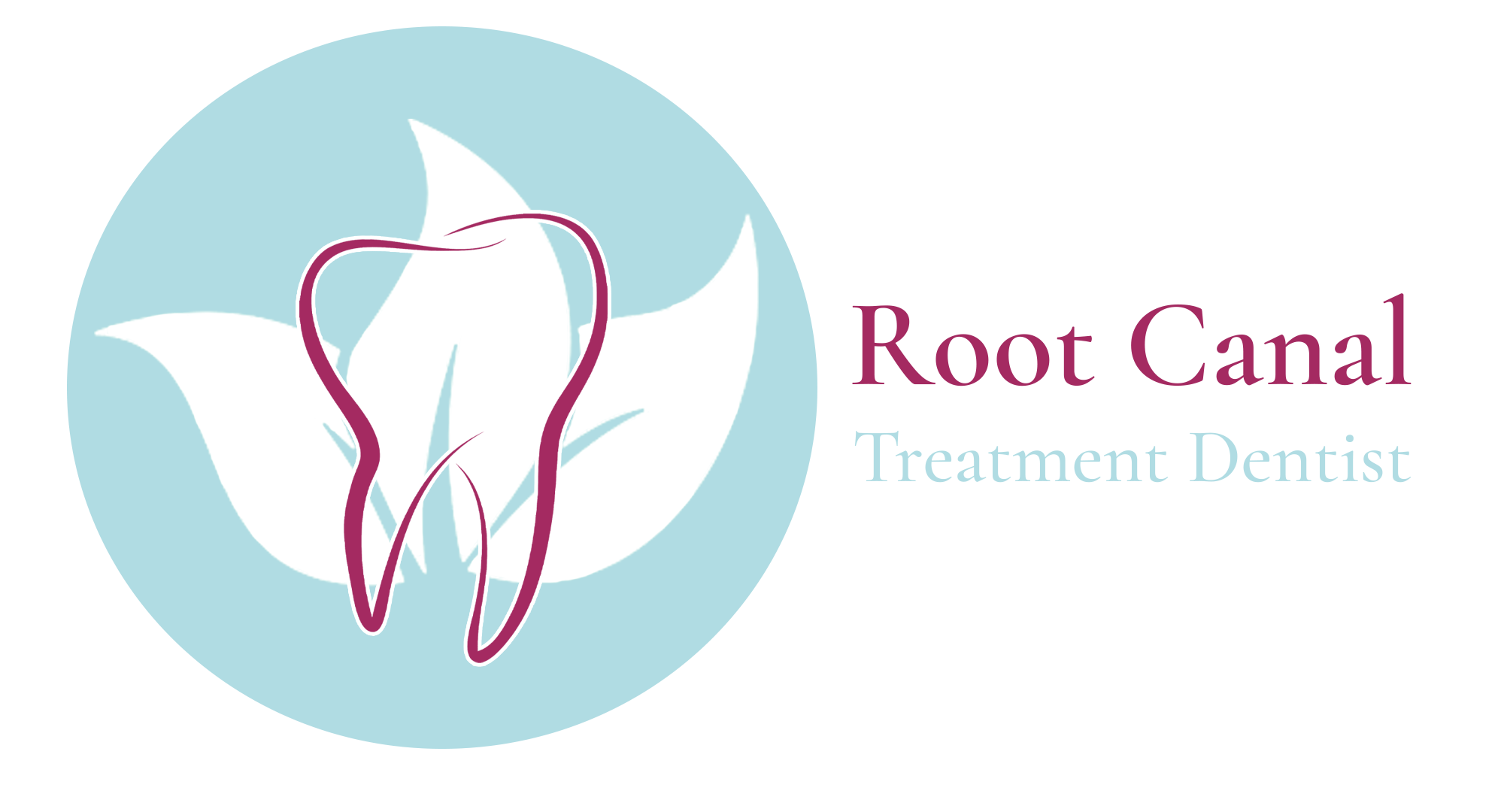
Invisalign®
You can always benefit from splint therapy. This approach can be the best choice for you if you want to discreetly straighten your teeth.
What is Invisalign®?
A teeth-alignment system called Invisalign uses cutting-edge technology, which distinguishes its custom-made manufacture and, consequently, the success rate of its therapeutic outcomes. It performs well in terms of effectiveness, efficiency, a subdued visual appearance, and user comfort.
The Invisalign® method produces a set of nearly invisible, removable plastic trays that are made specifically for each patient to offer a flawless fit across their teeth during the course of treatment. Invisalign®, sometimes known as "invisible braces," is a well-liked substitute for traditional braces or adult braces because it may be taken out and is completely covert.
The secret to orthodontic therapy is the clear aligners' slow and gentle pressure applied to the teeth, which is directed by the precise motions calculated by your dentist or orthodontist using ClinCheck 3D software. This programme can motivate you to use the aligners since it can display the expected end tooth position that will result from a successful course of treatment.

Who can benefit from Invisalign®?
With the aid of Invisalign®, the following dental issues can be successfully treated:
Overjet - The front teeth's horizontal relationship is known as the overjet. The largest space between the incisal margins of the upper and lower jaw's central incisors is measured. Aesthetic issues may result from an overjet that is much larger. The best course of treatment for this issue is Invisalign.
Overbite: The front teeth's relative vertical position in the vertical dimension is known as the overbite. It is measured from the upper jaw's incisal edge to the lower jaw's incisal edge. The overbite value is zero if the incisal edges bite together. Too much tooth overlap might be problematic. Many dental patients who have this issue think about getting braces for their orthodontic treatment, although Invisalign® can help with mild to moderate overbite situations. It takes less time to complete the treatment with Invisalign® than braces, making it a discreet solution that gets you the desired results faster. Untreated gum disease can wear down your teeth, especially your bottom teeth, and potentially cause jaw and gum pain.
Crowded teeth are a disorder that can start in childhood and get worse as you get older as your teeth and jaw gradually grow. Crowded teeth occur when the teeth greatly overlap their location in the mouth. It may result in tooth misalignment, have an adverse effect on your smile's aesthetics and oral health, and lower your confidence and comfort levels. With Invisalign®, mild cases of crowded teeth can be treated in 6 to 8 months, while more significant cases typically take about 18 months to treat. If left untreated, it can make brushing and flossing your teeth more difficult, which increases your chance of developing gum disease and dental decay.
Underbite - When the bottom teeth protrude further from the upper teeth, there is an issue with the bite known as an underbite. Genetics play a major role in the occurrence of underbites, which also result in other dental problems. You can avoid these other dental issues later in life by correcting your underbite. An underbite can occur in both toddlers and adults, and in both situations, the issue is treatable. Invisalign, braces, and surgery are the usual treatment modalities. There are other forms of treatment, though.
Gaps between your teeth might occur if your teeth are too tiny for your jawbone. The space between the two central incisors is frequently referred to as a diastema. Gappy teeth can appear in various locations throughout the dentition, first becoming apparent in young children and occasionally remaining visible in adults. One dental procedure, Invisalign®, can straighten the teeth so that the gap is no longer apparent. For single or double tooth gaps, veneers may also be an option. We would like to inform you that treating Gappy Teeth is considered an aesthetic or cosmetic treatment option. If the pockets where the gaps form are not cleaned, food particles may collect there and cause plaque and tartar buildup, increasing the risk of tooth decay and sore gums, which may progress to gum disease.
Crossbites occur when the side teeth on the upper and lower jaws do not line up properly when the mouth is closed to bite. To attain the best clinical outcomes, an uneven jawline position is best addressed early in life. Mild incidences of crossbite may be realigned using almost invisible Invisalign® aligners that are simple to remove for comfort. Your teeth may deteriorate or chip, and your gums may begin to recede if left untreated, which could lead to gum disease or functional and cosmetic problems.
Invisalign® tooth aligners can be used in pre-prosthetic orthodontics to straighten teeth in preparation for dental prosthetics like dental bridges or crown restorations. By reducing the amount of ground-down tooth material, pre-prosthetic orthodontics can considerably lower the risk of nerve damage.
In order to straighten the teeth or fix the spacing before receiving a dental implant, pre-implantology orthodontics may be used.
Invisalign® tooth aligners can be used to realign the teeth in your regenerated, stronger gum line after periodontitis has been effectively treated. Orthodontics after Periodontitis
Steps involved in the Invisalign process:
During your initial session, we evaluate the initial condition of your teeth using digital impressions, X-rays, and photographs if you and your dentist determine that you are a candidate for treatment with Invisalign®.
This planning will result in a personalised treatment plan and budget for you to review. It contains the anticipated length of the therapy, and we go through everything else with you.
Please be aware that the typical length of this therapy is three months to two years, however you can continue living your normal life in total comfort and confidence because Invisalign® splints are nearly invisible.
You may easily wear these clear aligners since the Invisalign® appliance's plastic splint is precisely designed to fit your gum line. You can take them out when you're eating or brushing your teeth, but your dentist will advise using them for about 22 hours every day.
We use dental adhesive to attach little attachments to your teeth just before the first transparent splints are placed. Throughout the course of therapy, these tiny "buttons" serve as guides to optimally straighten the teeth.
After one to two weeks, we schedule a visit for you so that the splints can be changed, and the teeth can be gradually straightened.
Once every six weeks, we then set up follow-up meetings with you to see how your splint therapy is doing. If necessary, we can change the aligners to guarantee the greatest outcomes in the shortest amount of time.
We advise using retainers after treatment is finished. Retainers function as tiny arches, another invisible appliance, to frame the teeth and maintain their newly corrected position. If you like, you can wear somewhat stronger, transparent, and removably fitted splints as retainers.
Treatments

Our patients in North Dublin receive the best general dentistry care. Dublin's top dentist for general dentistry.
View more
Root canal procedures are necessary when the the soft tissue located inside the root canal, becomes irritated.
View more
Our skilled dentists provide the latest aesthetic dentistry techniques to help you obtain a beautiful smile.
View moreGet In Touch
Opening Hours
Monday
7.30am to 10pm
Tuesday
7.30am to 10pm
Wednesday
7.30am to 10pm
Thursday
7.30am to 10pm
Friday
7.30am to 10pm
Saturday
7.30am to 10pm
Sunday
7.30am to 10pm
Late Night Family Dentist, Open 7 Days a Week
Dentist Open in Dublin 365 Days a Year
Dentist Open on Saturdays & Sundays
Dentist Open on Bank Holidays
01 525 2805
Reviews
It is my 3rd time going to see Laura, first time Laura was so helpful, I was very nervous and worried, have had a lot of work done she always reassured me, I'm so glad I listened to her !, I have beautiful teeth and I could not be happier I didn't think it was possible to have a lovely smile ? still continuing with her, she is so lovely and caring and professional, also Sarah too and rest of girls. Thanks so much.
Dr. Laura Fee and the entire team are amazing, so friendly throughout and really reassuring! I recently had a wisdom tooth extraction under sedation and didn’t feel a thing. Everything was explained very clearly and I felt totally comfortable - would recommend this dental practice to anyone, they really do go above and beyond!
After a number of years away from the dentist I bit the bullet and went and so happy I did, Dr. Laura and her team made me feel so relaxed and they provided top-quality service. I didn't even realize the job had been done and to top it off best prices around highly recommended
Visited the clinic myself for the first time today along with my son who was having his first visit to the dentist too. We had a really great experience, Dr. Fee and all of the staff were so friendly, it was a really positive experience! My son even said he had a brilliant time, so that speaks for itself! I would highly recommend the clinic and delighted to have this service in the community!
I don't normally leave reviews but wanted to say thanks so much to Dr Laura for her great work this weekend. I'm quite a nervous patient but she had me completely at ease for my treatment this morning. Also highly recommend for children - her and the nurses were fantastic with my son and his teddy Justin Beaver! They went above and beyond in making sure he had a great experience! he's now so excited for his next six month check and I'm thrilled he won't be growing up with a fear of the dentist! Thanks again!
I couldn't recommend Dr Laura Fee & the Smile Hub Dental Clinic enough. Top class service from someone that previously had a fear of the dentist 🤜 🤛
Couldn’t recommend Dr Laura enough, amazing work done throughout the clear braces process and couldn’t be happier with the results.
My daughter had an accident late at night. When I phoned that night they were able to get her in at 07.30 the next morning. All friendly and helpful staff. Very happy with the dental work care carried out. Would highly recommend.
The team were fantastic. They saw me on Paddys Day for an emergency. Life savers and so friendly. My dentist was incredible. Thank you all!